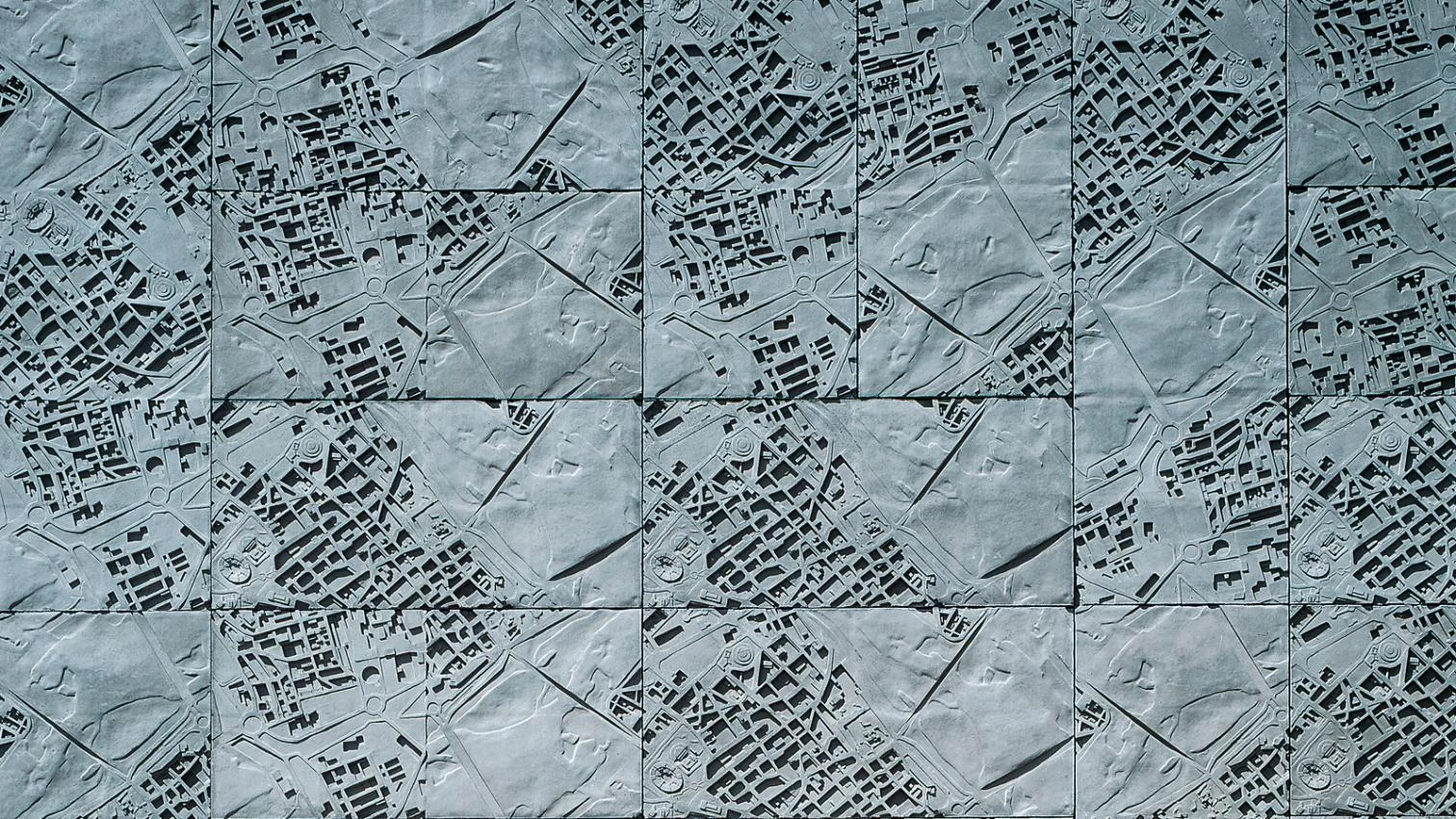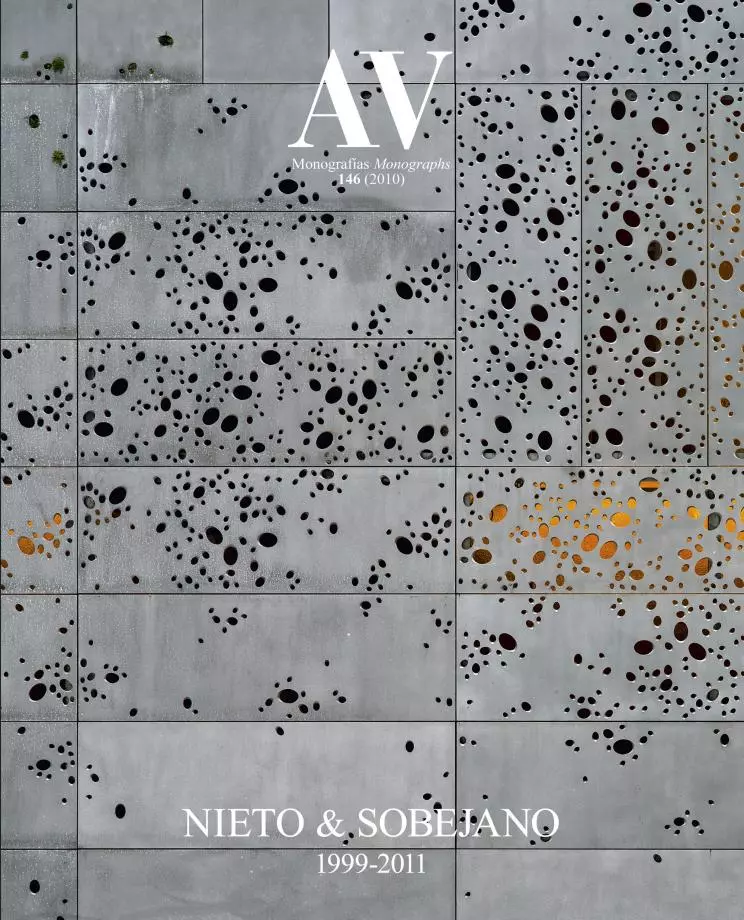At Home in the World, a Comprehensive Journey

Ivisited some of the works of Fuensanta Nieto and Enrique Sobejano on a three-day journey in mid-December that began in Córdoba, pushed through Mérida to Madrid, and from there to Valladolid and San Sebastián. The climate changed from balmy amid the orange trees of Andalusia to snow and sleet in the mountain passes going north. The cultural contexts seemed to change as radically, ranging from the harmonious blanched fabric of the ancient Umayyad capital to the cosmopolitan dissonance of the capital of the modern state, to the ecclesiastical trappings of the early Renaissance political center of the Most Catholic kings, to the blurry border with France and its shared Basque identity. The architects, who are partners both at work and in life, have produced distinct solutions for each geographic situation. Like so many contemporary practices in Spain and elsewhere they have avoided repeating themselves to the point that it would be difficult to recognize a common Nieto & Sobejano style. Yet I began to find at a very general level a few unifying themes and motifs that reappear in their projects, leading me to surmise that they consistently achieve a fitness of materials and a sensitive manipulation of filtered daylight that makes one feel comfortable or “at home.”
When I asked Enrique what, or who, was the most important influence on their formation, hoping to hear bytes-like answers such as ?El Escorial’, ?the Alhambra’, ?Loos’, ?Utzon’, ?Barragán’, or ?de la Sota’, he simply replied: “travel.” One can find connections to the great lines of 20th-century modernism as well as proximity to other contemporary Spanish architects, but above all Nieto & Sobejano draw upon their impressions from a life-time of wondering through vernacular and high-style environments. The two architects met while traveling in the early 1980s, both enrolled in Columbia University’s graduate program in New York City, and then as co-directors of the magazine Arquitectura from 1986-1991 they continued to travel widely. They have never stopped, and since the last five years, having opened an office in Berlin to deal with their projects in Germany and Austria, they make several monthly trips across Europe. Their travels go beyond the interest of architectural tourism to constitute a kind of research in time and space, and by leaving Madrid they have been able to confront other ways of life, spaces, materials, light conditions, and patterns that not only have enriched their design vocabulary but have also forced them to come to terms with the quality of the place they call home. Nieto & Sobejano have evolved as critical Spaniards with a heightened awareness of the formal and social qualities of the environment. As good travelers they have learned how to effortlessly adapt to different locations without losing the sense of their own identities. They are at once receptive and propositional...





